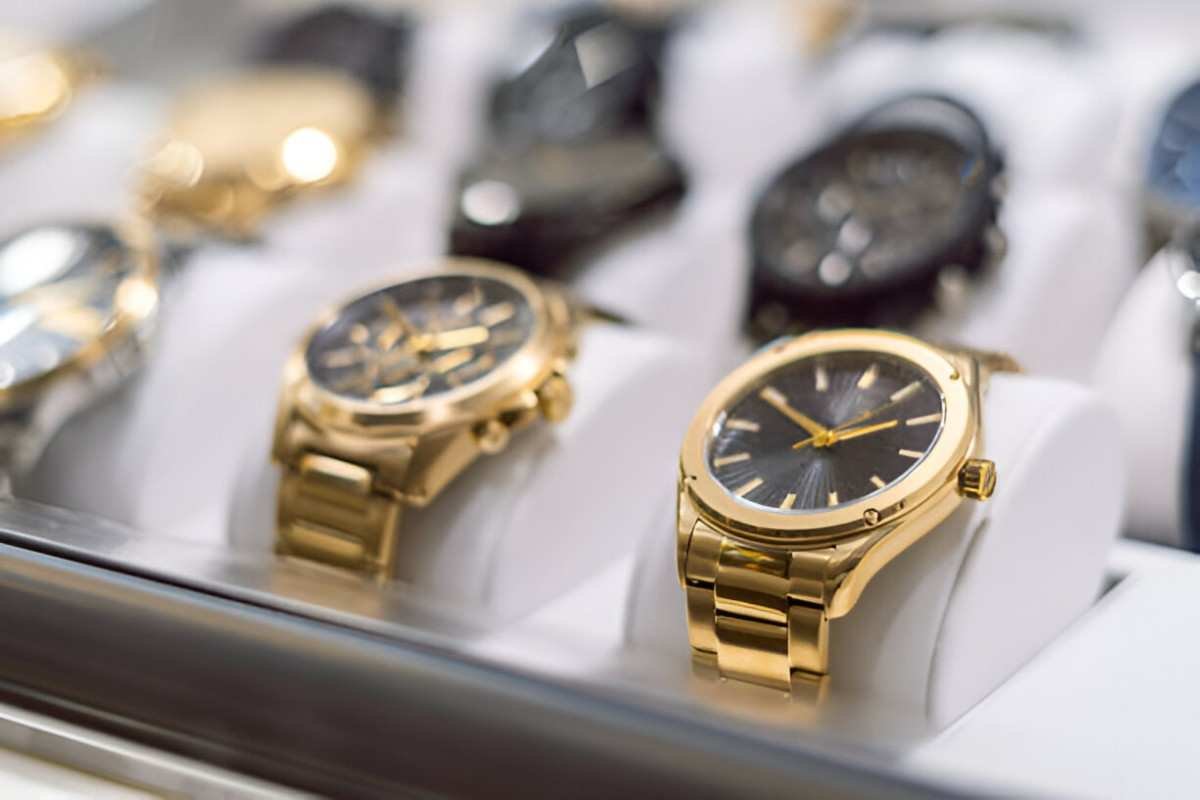When we think about investments, many of us picture stocks, real estate, or even gold. But over the last few years, high-end watches have emerged as a surprisingly strong contender in the world of alternative investments. As someone who’s always been fascinated by both the world of finance and the craftsmanship of fine timepieces, I’ve spent a fair amount of time researching whether high-end watches are a good investment.
Before we dive into the details, let’s get one thing clear: high-end watches are not your typical investment. They don’t follow the same rules as stocks, bonds, or mutual funds. But that doesn’t mean they can’t be valuable. Let me walk you through why they might be worth considering and whether they truly offer the returns people expect.
Table of Contents
The Market for Luxury Watches
Over the past decade, the market for luxury watches has exploded. Certain brands like Rolex, Patek Philippe, and Audemars Piguet have gained a reputation not just for their quality but for their potential to increase in value over time. Watch collectors, enthusiasts, and investors alike have seen these pieces appreciate considerably in value, leading many to wonder if investing in a high-end watch is the same as investing in a piece of art or vintage car.
What’s important to understand here is that not all luxury watches perform the same way. There’s a distinction between mass-produced luxury watches and rare, limited-edition pieces. It’s these rare pieces, often tied to limited runs, special features, or historical significance, that tend to have the best potential for growth in the marketplace.
Watches as an Investment: The Upsides
I think it’s important to first consider why high-end watches are worth considering as an investment.
- Limited Supply and Demand: Many luxury watch brands produce only a limited number of pieces per year. This scarcity can drive demand. When demand outweighs supply, prices rise.
- Brand Reputation and Heritage: Certain brands, particularly Rolex and Patek Philippe, have earned their place in the investment world. These brands have been around for decades and are known for their timeless designs and exceptional craftsmanship. Watches from these brands often see their value increase because of their legacy and long-standing reputation.
- Tangible Asset: Unlike stocks, which can fluctuate in value based on market conditions, a high-end watch is a physical object. It’s an asset that you can hold in your hand. For some, this sense of tangibility gives the investment an extra layer of comfort.
- Cultural Capital: Watches are also a form of cultural capital. Wearing a luxury timepiece is often seen as a status symbol. In certain circles, this can increase the desirability of certain models, adding to their investment potential.
The Risks Involved
While there are clear reasons why high-end watches can be a good investment, there are also risks I can’t ignore.
- Market Volatility: Like any investment, the luxury watch market is subject to fluctuations. Economic downturns, changes in consumer behavior, and shifting tastes can cause a particular watch to lose value.
- Authenticity and Condition: One of the major risks when it comes to buying high-end watches is ensuring their authenticity and condition. If you’re not a seasoned collector, it can be difficult to verify a watch’s provenance. Additionally, watches that have been poorly maintained or damaged can lose significant value.
- Illiquidity: Unlike stocks, which can be sold in a matter of seconds on the open market, high-end watches take time to sell. It’s often necessary to find the right buyer who values the specific model you’re selling. This can make the process more time-consuming and unpredictable.
The Investment Potential: What Numbers Say
Let’s get into the numbers, which often tell the clearest story. While the returns on watches are not as easily predictable as with stocks or real estate, they can still be substantial.
Let’s look at a few examples:
- Rolex Submariner: The Rolex Submariner is a classic, and certain models, particularly those from the 1950s and 1960s, have skyrocketed in value. For example, a 1959 Rolex Submariner can fetch anywhere from $20,000 to $50,000 depending on its condition and rarity. If you bought one for $10,000 a decade ago, it’s not unreasonable to think that the value could have doubled or even tripled.
- Patek Philippe Nautilus: Another model to keep an eye on is the Patek Philippe Nautilus. In 2016, a stainless-steel Nautilus retailed for around $30,000. Today, it can easily fetch upwards of $100,000 at auction, reflecting the brand’s prestige and the model’s desirability.
- Audemars Piguet Royal Oak: Known for its unique design, the Royal Oak has also become a strong investment piece. In the past ten years, certain models have appreciated by 50% or more, making them highly attractive to investors.
Watch vs. Other Investments
To better understand the true investment potential of high-end watches, let’s compare them to other types of assets like stocks, real estate, and gold. Here’s a simple table to illustrate how watches have performed relative to these other traditional investments over the past decade:
| Asset Type | Average Return Over 10 Years | Risk Level |
|---|---|---|
| Luxury Watches | 10-15% per year (top models) | Medium |
| Stock Market (S&P 500) | 8-10% per year | High |
| Real Estate | 4-7% per year (varies by location) | Medium |
| Gold | 5-7% per year | Low |
As we can see from the table, luxury watches, particularly those from iconic brands, can offer returns that are competitive with more traditional investments like stocks and real estate. However, the key distinction is that these returns aren’t guaranteed, and it’s possible for the market to experience downturns, especially if certain watch models fall out of fashion.
How to Invest in High-End Watches
If you’re thinking about investing in high-end watches, there are a few things to consider.
- Know Your Brands: Stick to well-established brands like Rolex, Patek Philippe, Audemars Piguet, and Omega. These brands have a proven track record of holding or increasing in value.
- Research Limited Editions: Limited-edition releases tend to appreciate more in value than mass-produced models. Look for watches that are part of special collections or unique designs.
- Condition Matters: Watches in pristine condition, especially those with original packaging, papers, and documentation, are far more valuable than those that are worn or damaged. Always ensure that your watch is properly serviced and maintained.
- Buy at Auctions: Auctions are often the best places to find rare or vintage watches. If you’re willing to spend the time and money, you can find exceptional deals at major auction houses like Christie’s or Sotheby’s.
- Patience is Key: Like any investment, high-end watches require patience. A watch may not appreciate overnight, and selling it might take time. But if you choose wisely, the payoff can be substantial.
Conclusion
So, are high-end watches a good investment? In many ways, the answer depends on your goals, knowledge, and patience. If you have a passion for watches, are willing to do the research, and understand the risks, investing in high-end watches can be a rewarding experience. These pieces offer both tangible beauty and the potential for significant financial returns.
However, it’s important to remember that, like any investment, high-end watches come with risks. They don’t guarantee profits, and the market can be volatile. Ultimately, I think watches should be seen as a passion investment, one where you enjoy the timepiece while also reaping the potential rewards over time. If you approach it thoughtfully, you can make high-end watches an integral part of your investment portfolio.





